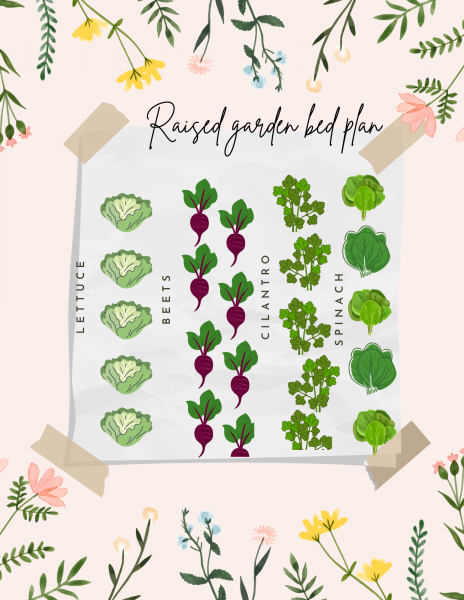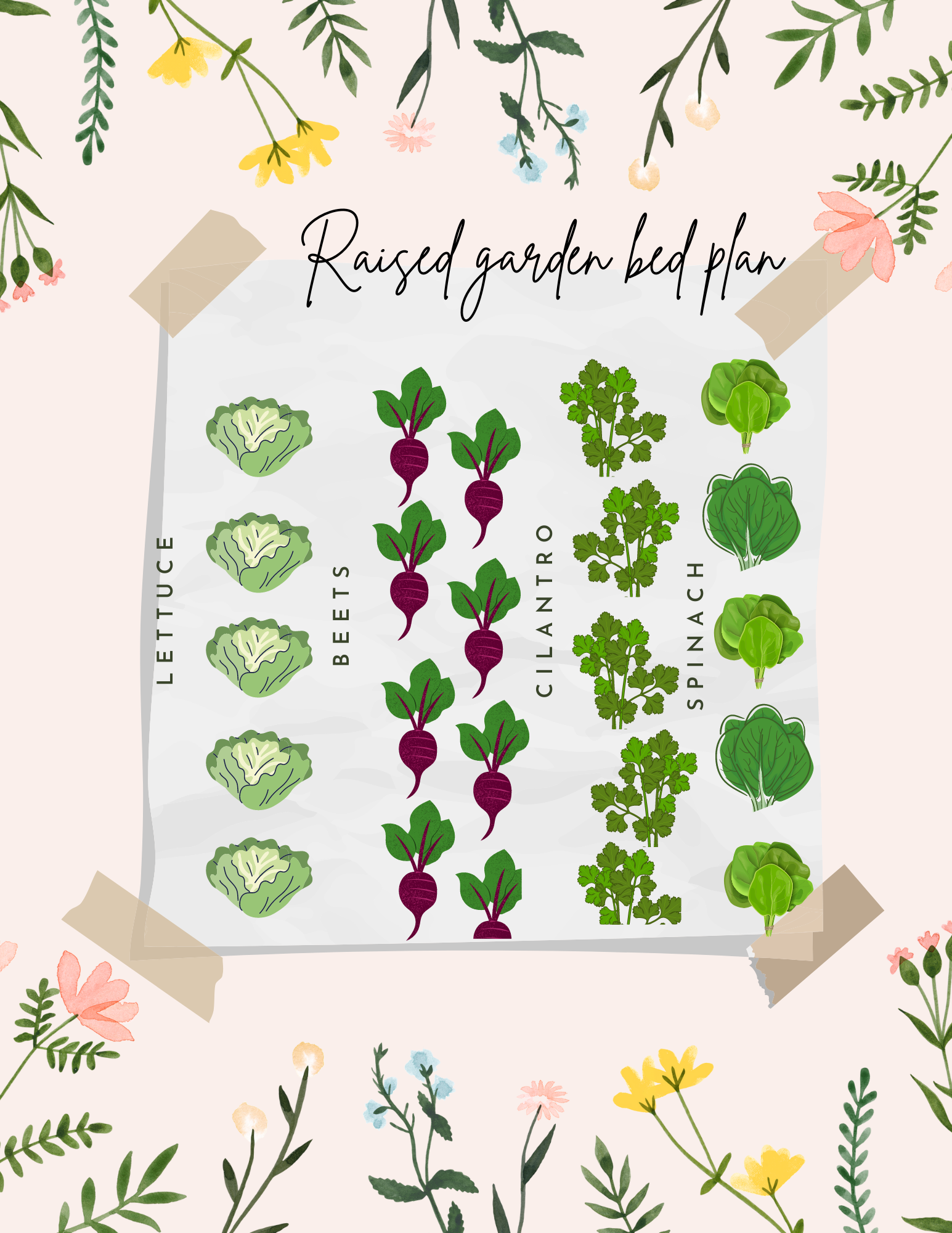A Guide To Growing Successful Spring Crops
Here in Ohio spring is here, and we are excited to dig into our garden beds. With the improving weather comes the opportunity to plant cold-tolerant spring crops like beets, cilantro, lettuce, and spinach.
How to sow spring seeds:
You can start cole crops, aka ones that thrive in the spring and fall, in seed starter kits and transplanted to garden beds or plant them directly in your garden. If you plan on starting about April, it’s ideal to plan on planting them straight in the garden.
Some crops to start a spring garden include beets, cabbage, carrots, cilantro, chard, lettuce, kale, and spinach.

How to prepare soil for planting:
Whether you are planning on planting spring crops in raised garden beds, containers, or straight in the ground, the formula is the same. For successful spring crops, work the soil to ensure it is tilled and loamy.
Amend the soil with conditioners such as compost, hummus, and manure. The rule of thumb is to add two inches of organic matter for every six inches of soil. If your soil is heavy or clayey, try adding peat moss and pearlite to give the roots more breathing room.
Add your choice of fertilizer before planting to give your saplings an extra boost. Make sure to amend the soil every three to six weeks.
Grow Tip: Make sure to protect your plants from frost with blankets or garden fabric.
Guide To Planting Beets:
Being cold weather crops, beets prefer to be planted in soil just above 10’C. Beets are root vegetables and prefer loose soil with lots of compost. These are the ideal vegetables to plant in raised garden beds.
Plant your seeds half-inch deep and four inches apart; space each row at a twelve-inch distance. Your veggies should be ready to harvest in three weeks.
Did you know beet leaves are rich in nutrients and taste great in salads and sandwiches?
Grow Tip: If your seeds produce large leaves and small beets, amend your soil with Phosphorous to grow bigger beets.
Best Planted With: Brussels sprouts, cauliflower, and kale.
Guide to Planting Cilantro or Coriander:
Best started from seed; cilantro is a cool weather herb that yields delicious foliage. Leaves can be used as a garnish, in soups, stew, or to make chutney.
Rub the seeds gently between your palms to split them in half, plant them a quarter of an inch deep in containers or raised beds, water thoroughly, and allow one month to begin harvesting. Cut the stem half an inch above the soil level to create bushy plants.
If you let your plants grow until they flower and go to seed, you can use the seeds in cooking or re-plant next year. For a continuous supply, start new cilantro from seed every two months.
Best Planted With: The best companion plants for cilantro are water-loving leafy greens, dill, and herbs like parsley.
Guide To Planting Lettuce:
Plant lettuce seeds in raised beds or containers to protect your crops from critters and bugs. Sprinkle the seeds and gently tamp down.
Lettuce can take anywhere between sixty to eighty days to yield a harvest depending on the variety.
Snip the head of lettuce half an inch above the base with sharp sheers, allowing roots to grow new leaves to replace the snipped lettuce.
Grow Tip: Recycle a clear salad container as a mini-greenhouse lettuce planter, poke several holes in the container, fill with seed starting mix, plant seeds, cover with the lid, spray with water two times a day.
Best Planted With: Beets, carrot, cilantro, parsnip, radish, turnip.
Guide To Planting Spinach:
Plant about thirty plants (approximately half a packet of seeds). Place the seeds six inches apart and half an inch deep in five foot rows spaced at fourteen inches. Spinach prefers fertile soil high in nutrients and, organic matter, water daily. Spinach prefers to be planted directly in the spot where you intend for them to grow. If you plan on transplanting spinach, plant it in peat pots to reduce transplant shock.
Grow Tip: Spinach freezes well, so if you plan on storing your home-grown greens this spring.
Best Planted With: Cauliflower, dill, peas, radish, and strawberries.
What are you growing in your spring garden? Let us know in the comments below.
By Sargam Merchant
For Home and Travel Cafe By Linette.

